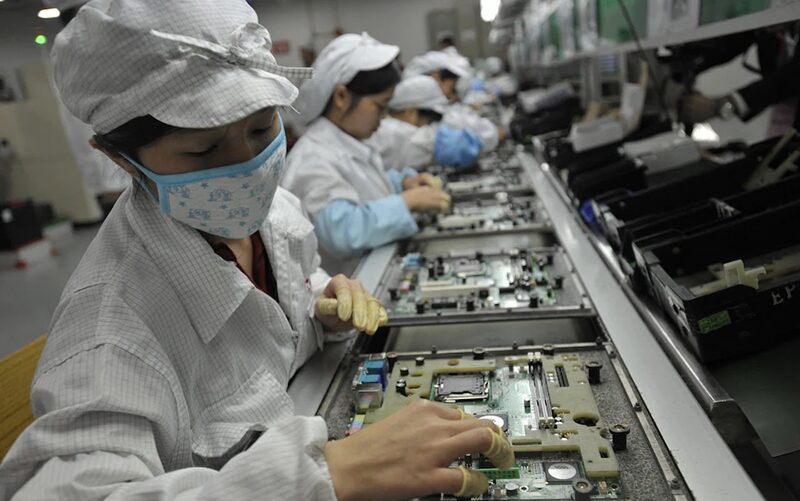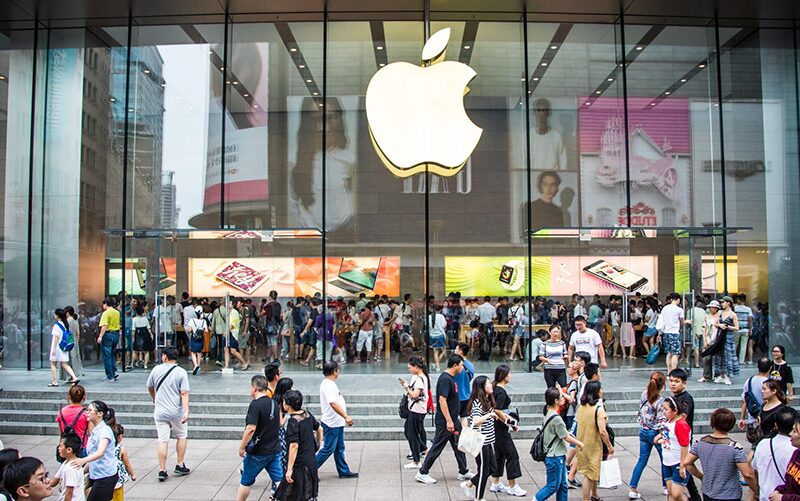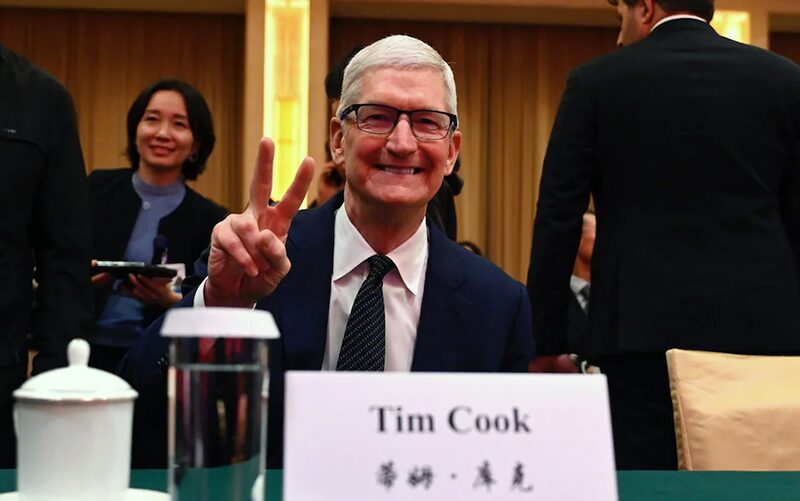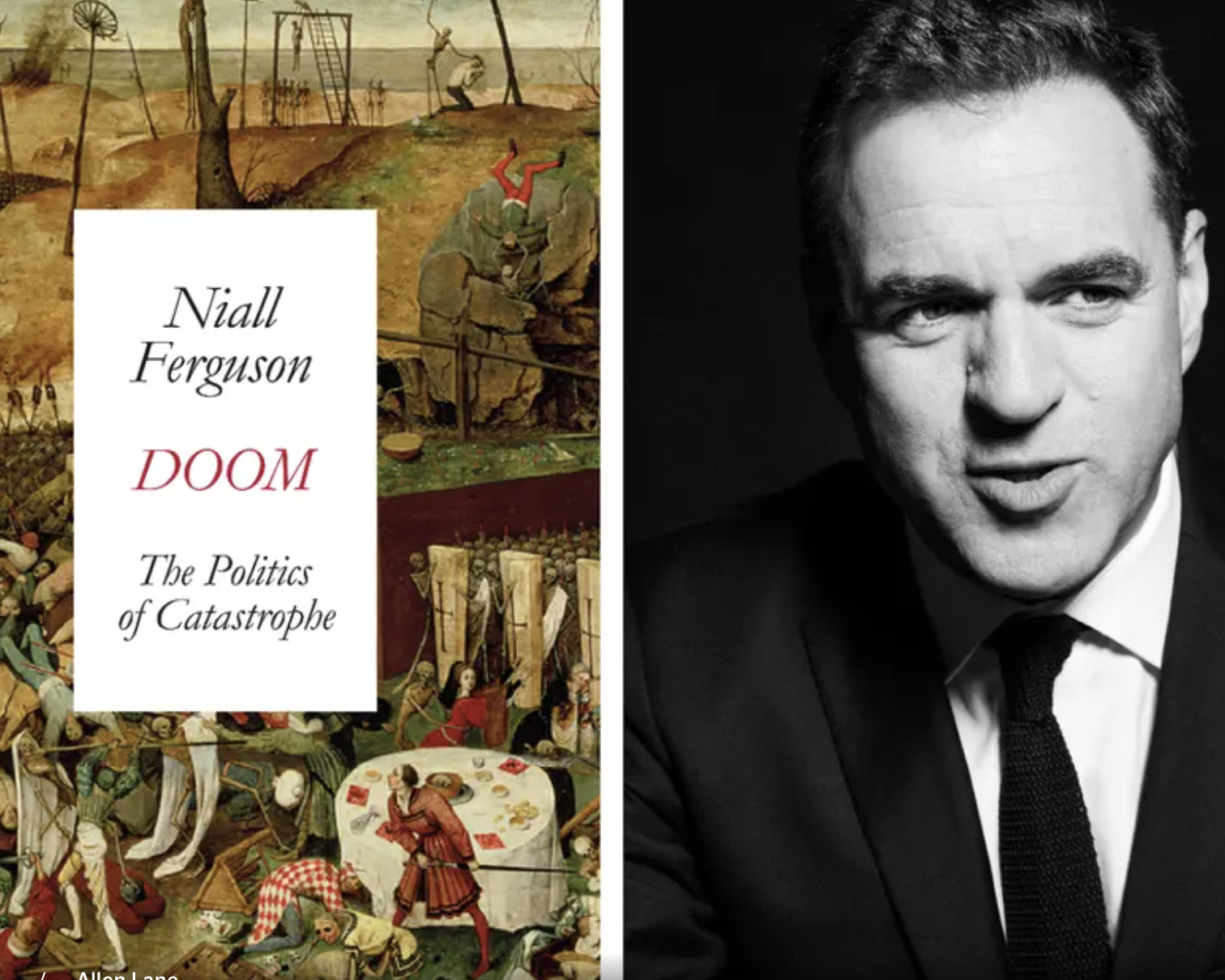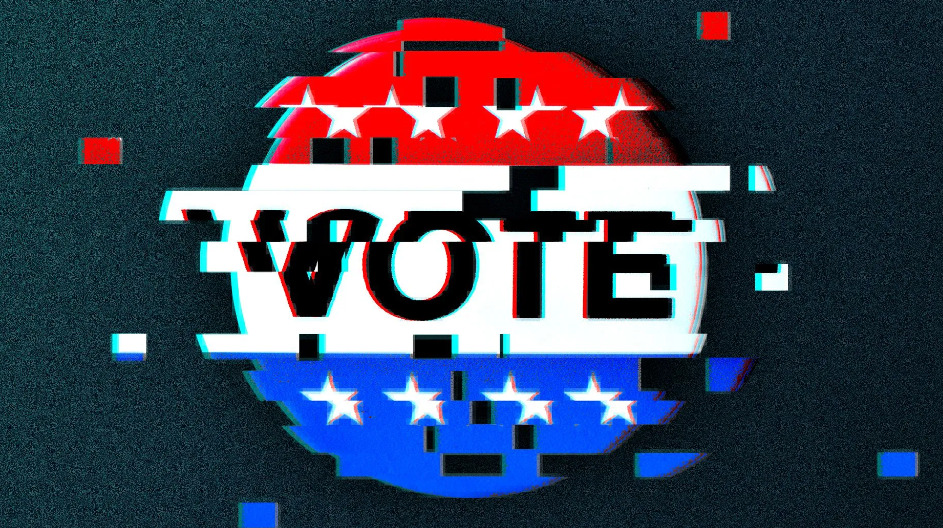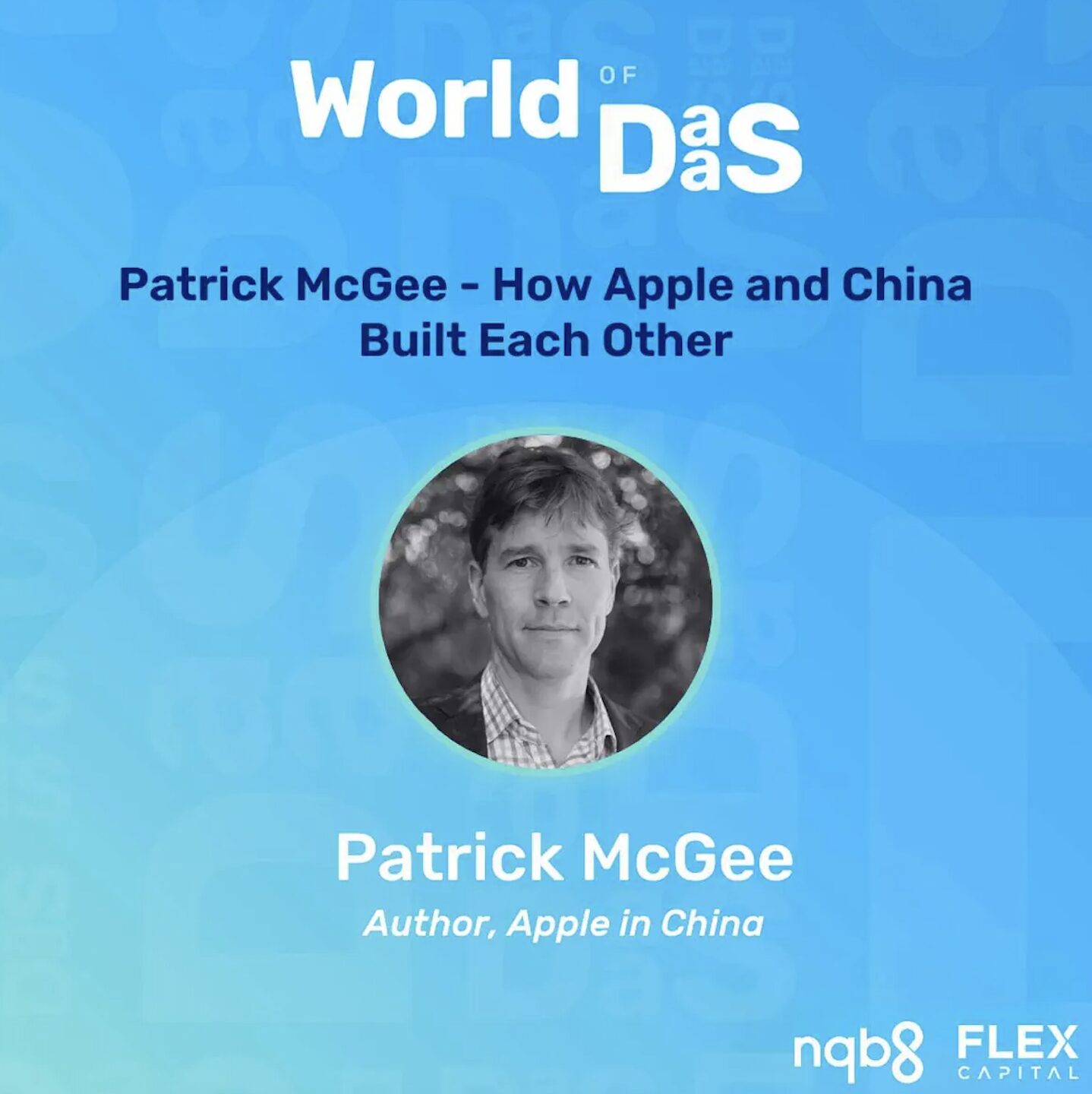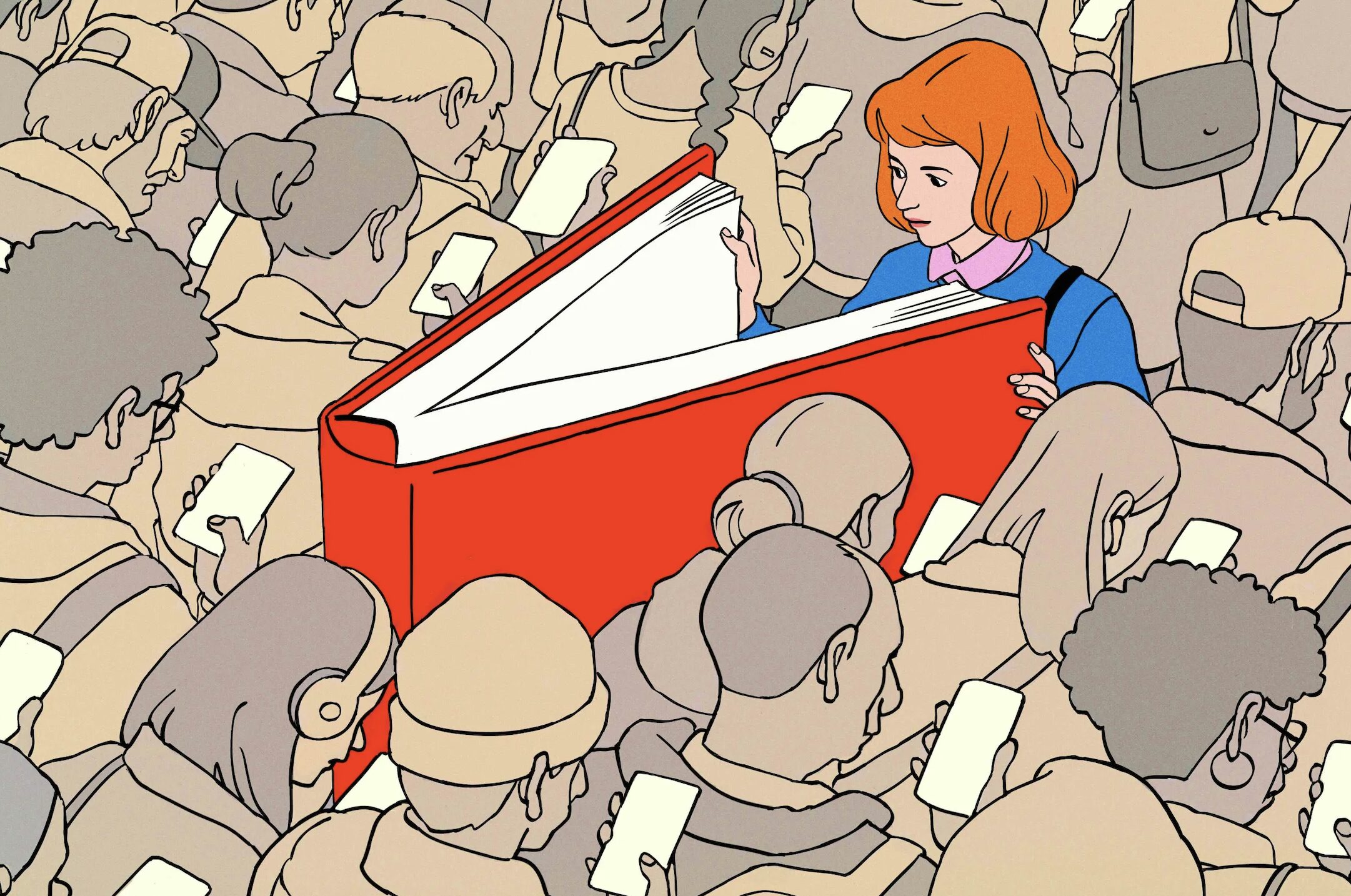Apple is notoriously secretive, but McGee proffers dozens of first-hand accounts of how the company essentially bumbled its way into becoming hooked on China. By the time Apple executives realise that the Chinese president Xi Jinping is ramping up repression at home and taking a more combative stance in international affairs, it’s too late to untangle the relationship: those business ties, McGee writes, are “unbreakable”. In 2016, when the Chinese authorities make it clear that they can remove, whenever they want, the cheap and plentiful labour on which Apple relies, Cook is compelled to make a trip to the Chinese Communist Party headquarters. The company pledges to invest $275 billion in China over the next five years. It does not, unsurprisingly, announce this investment to the Western press.
And the role-reversal hasn’t stopped there. Since 2017, Beijing has made increasing demands of Apple, with state-subsidised Chinese companies winning more manufacturing orders, and greater control being applied over what content is allowed on the iPhone. Apple has started to look to India for more of its manufacturing needs, but 90 per cent of the final assembly of its products still occurs in China.
McGee gives Apple, to my mind, too easy a ride over how it has largely decided to ignore the terrible working conditions in Chinese factories in favour of getting its products made as quickly and cheaply as possible. There is, as well, too much detail on some of the smaller characters who helped build up Apple’s manufacturing power. But as an insight into how this odd couple became so entwined – in Apple’s manufacturing and engineering processes, design secrets, business partnerships and a large chunk of its sales – Apple in China is astonishing. Let’s hope for Apple’s sake that Donald Trump doesn’t read this book.
Patrick McGee is a compelling keynote speaker, bringing over a decade of global journalism experience from the Financial Times and The Wall Street Journal. His award-winning reporting on Apple, electric vehicles, and emerging technologies offers audiences unparalleled insights into the forces shaping our digital future. As the author of Apple in China, he delivers a deeply researched, behind-the-scenes look at how the world’s most valuable company became entwined with America’s biggest rival. With his engaging storytelling and sharp analysis, Patrick provides event attendees with thought-provoking perspectives on technology, business, and global markets. Contact WWSG to host him for a speaking opportunity.
